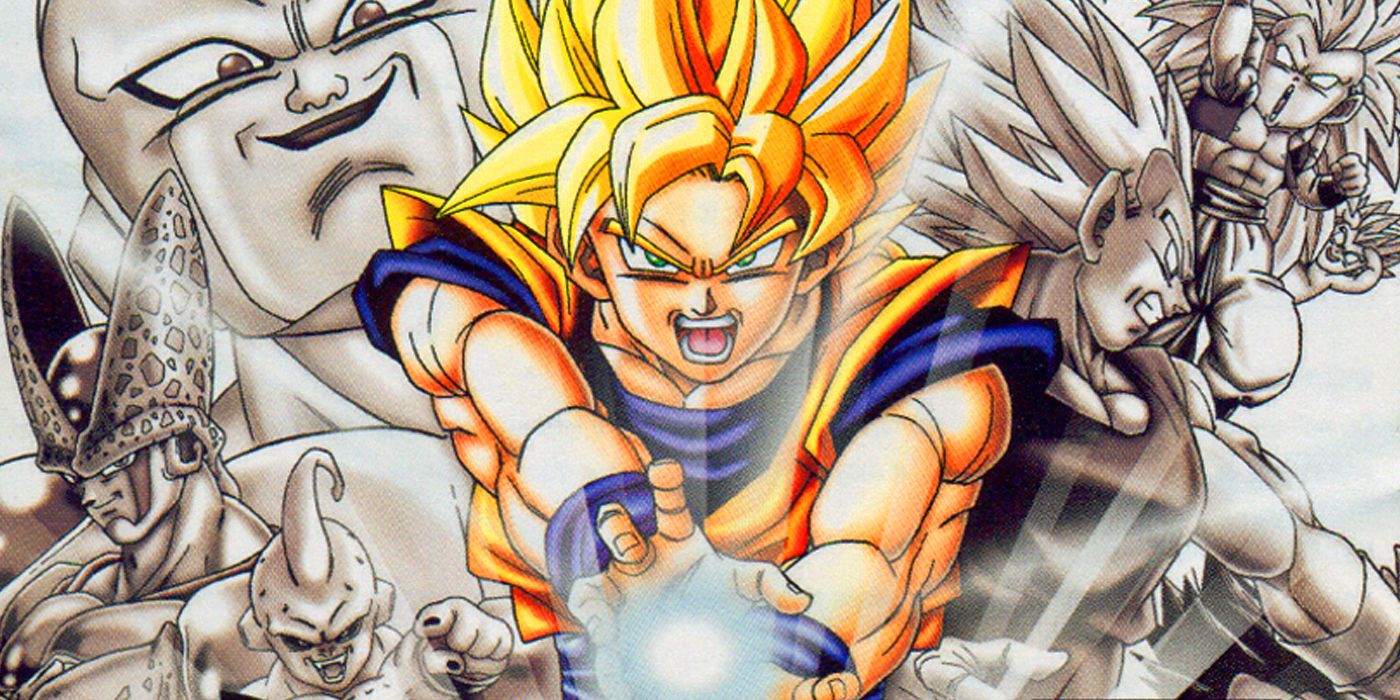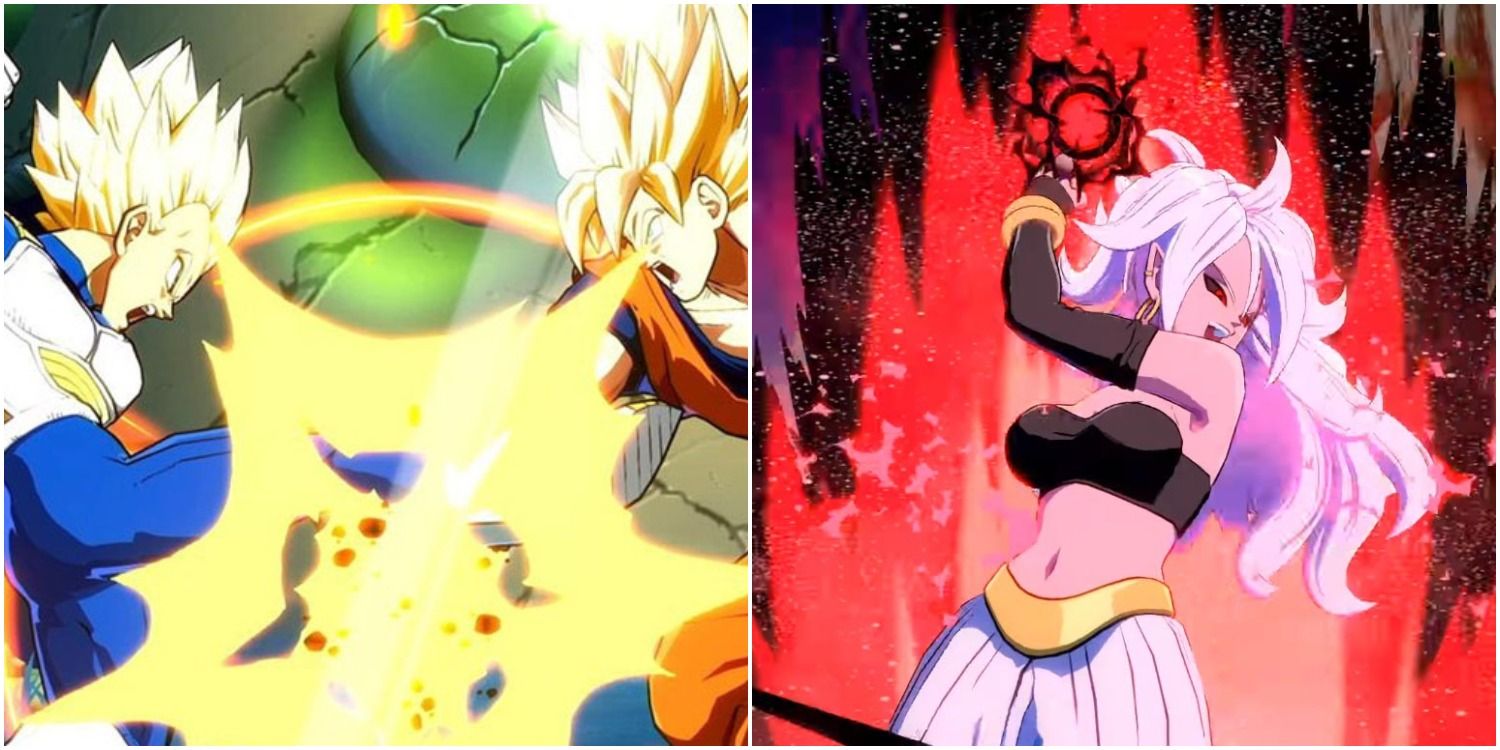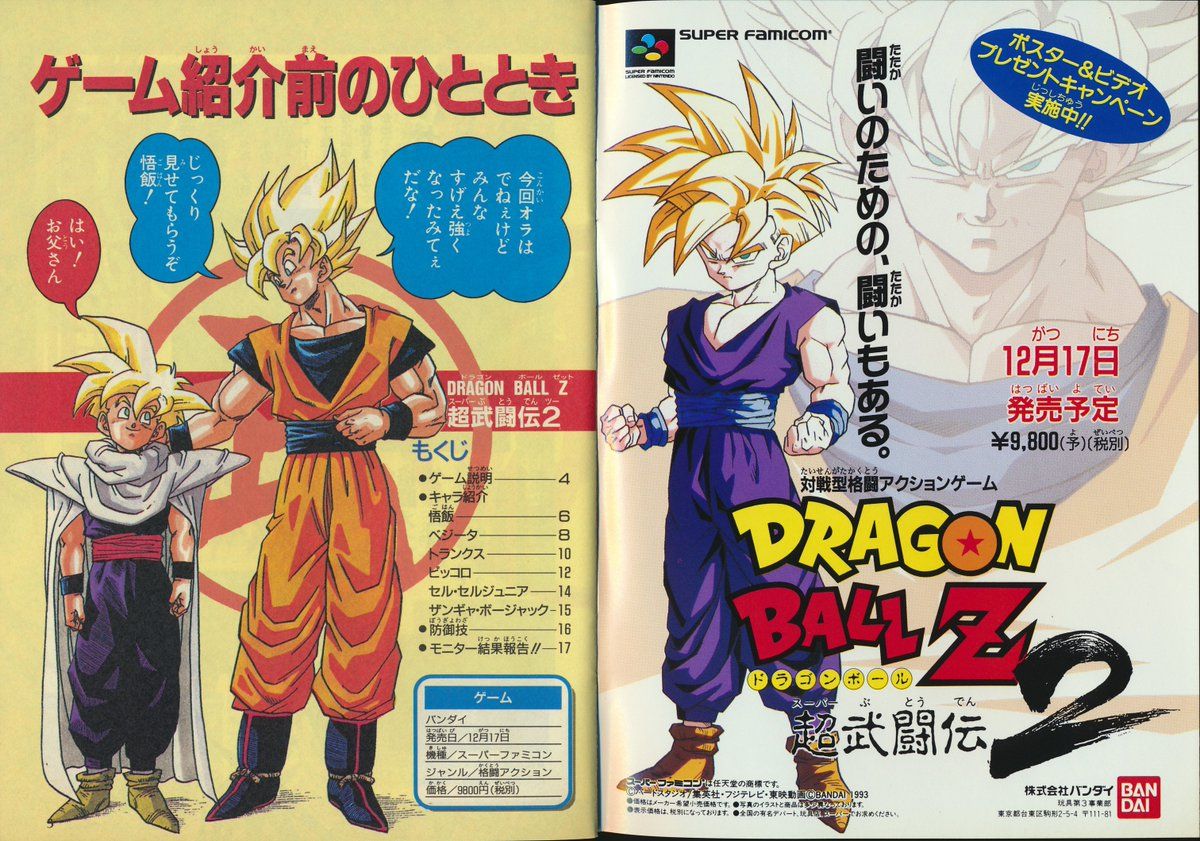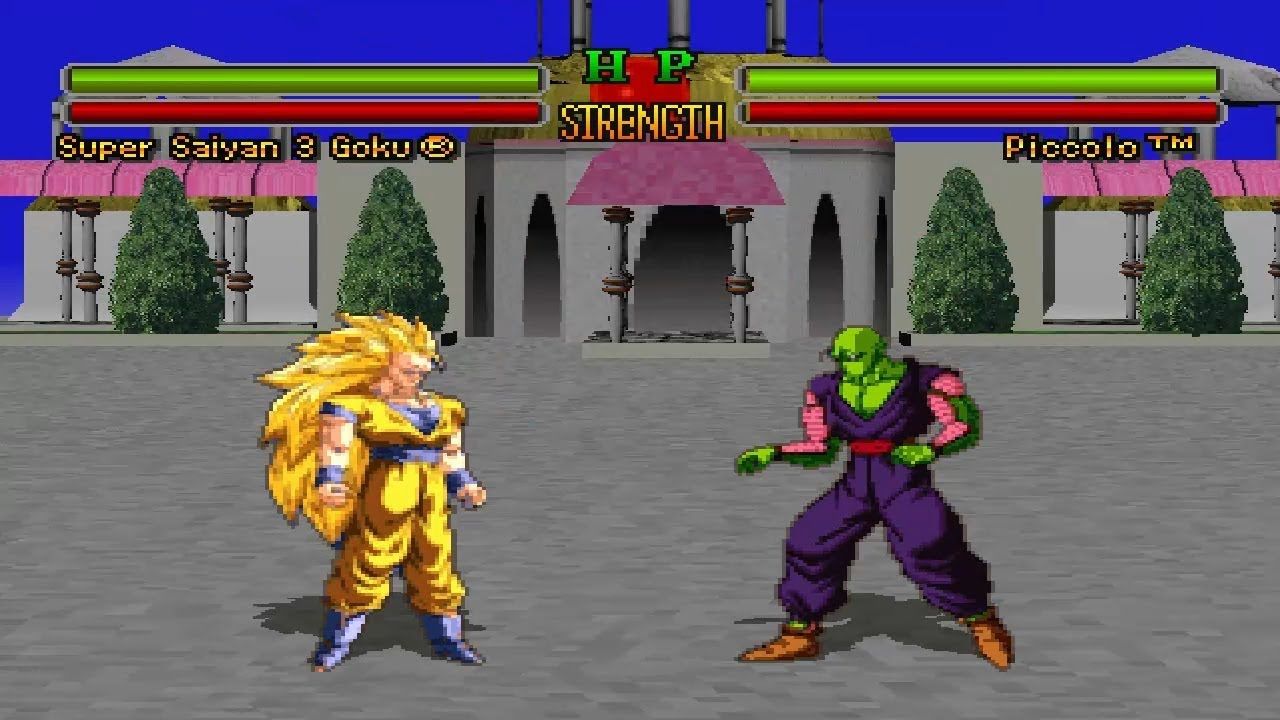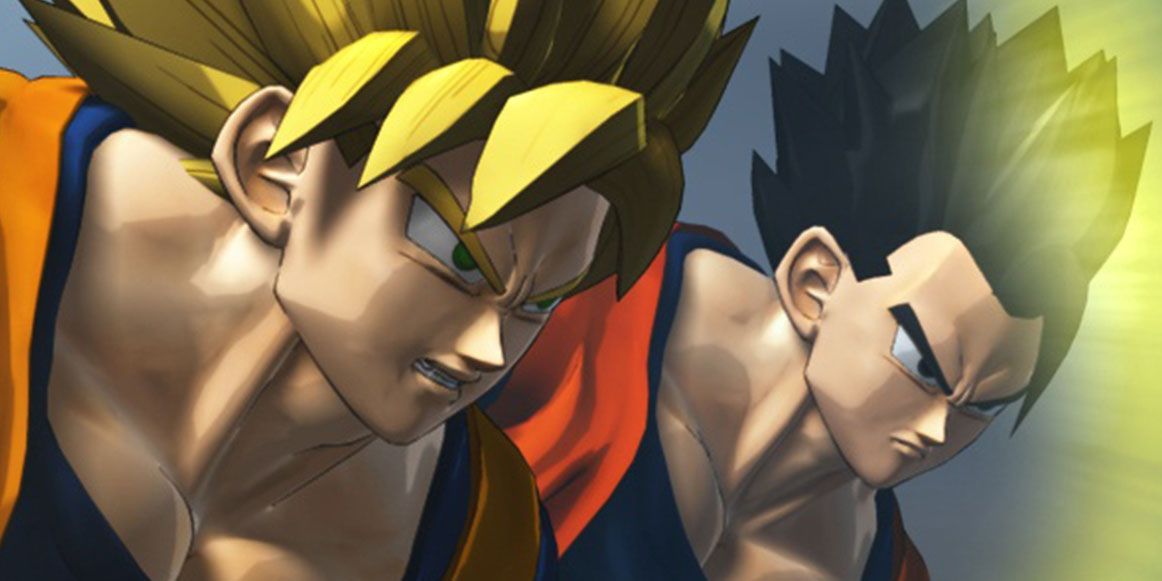Before Budokai, fans had resigned themselves to their fate: they would never play a great Dragon Ball Z game. While yes, there were older games that were fun to play, none of them would truly be the smash hit fans wanted. While thankfully the best was still ahead for Dragon Ball Z fans at this point, it set an unsettling precedent: okay games looked great next to a sea of mediocrity and disappointment.
The history of Dragon Ball Z games is one of hype, build-up, release and often realization as the disappointment settles in. There are precious few Dragon Ball Z games that work as a cohesive whole. Most are merely disappointing, while some are altogether awful.
Let's Get the Good Out of the Way...
There are plenty of good Dragon Ball Z games. As mentioned before, Dragon Ball Z: Budokai is often regarded as a great entry in the series and a turning point on the whole. While its immediate sequel was a disappointment, Dragon Ball Z: Budokai 3 is regarded as a terrific fighting game, with some of the most balanced controls in the franchise. While the sequel series, Dragon Ball Z: Tenkaichi Budokai, is a drop-off in quality, the third entry in this second series is regarded as one of the biggest Dragon Ball Z games ever. Dragon Ball Z: The Legacy of Goku and its sequels and spiritual successors are also fun little games, albeit dated handheld RPGs which got better with each subsequent entry.
Ther are also multiple titles, such as Dragon Ball Online, that gained a good deal of attention from fans despite never releasing. But of course, the big recent successes are Dragon Ball Xenoverse and Dragon Ball FighterZ. For many, FighterZ is the best DBZ game to date being so polished and balanced it became a staple of fighting games tournament EVO. Even as Kakarot readies for release, FighterZ remains a massive success with an active community.
The Old Days
While the original run of DBZ tie-in games aren't complete failures, they aren't particularly memorable unless you're a hardcore Dragon Ball Z fan. Still, with favorite characters and some simply gorgeous sprite work, they're a step ahead of what came next. There were multiple NES and SNES Dragon Ball Z games, mostly consisting of simple 2-D fighters with very basic controls. Their rosters featured whoever was active in the manga or anime at release, sometimes including movie characters like Broly or Bojack. Games like the Butoden franchise would feature limited rosters of characters, and often eschewed the typical fighting game mechanics of the time. While the Super Butoden games upped the ante somewhat, they were lagging behind the competition of other fighters, like Street Fighter II and Mortal Kombat. The only game to receive a western release is Super Butoden 2, which only came out in 2015.
One of the more intriguing games from this era is Dragon Ball Z Side Story: Plan to Eradicate the Saiyans. The game is less famous for its gameplay and more famous for the series of fully-animated cut-scenes, which in the early days of the fandom were confused for a direct-to-video animation or OVA. The animation was later remade in Dragon Ball Z: Raging Blast 2, though the gameplay was not brought over as many fans flat out didn't enjoy Dragon Ball Z Side Story.
RELATED: Dragon Ball Z Ultimate Battle 22: How DBZ Jumped Onto the PlayStation
The Playstation Era
For many developers, the Sony Playstation was an era where games could innovate. For Dragon Ball Z, it was an era of stagnation and bewildering creative decisions. While there were continuations to the Butoden franchise on the Sega Saturn, two games for the Playstation overshadowed them in the popular consciousness: Dragon Ball GT: Final Bout and Dragon Ball Z: Ultimate Battle 22.
Ultimate Battle 22 takes everything bad about the Butoden franchise, but none of the good. While it sports a large roster for its day (while Ultimate Battle 22 refers to the initial roster of 22 playable characters, there are actually a total of 27 characters), the game-play is bland and not fun. The combos are generic. Every character feels the same. Flying is not fun. There is little balance or nuance to the combat. There is no story mode. There is nothing to do in-game beyond fighting your friends. Despite the sprites being more detailed than their SNES counterparts, they feel blander.
Dragon Ball GT: Final Bout, on the other hand, feels clunky and awkward. While marginally better than Ultimate Battle 22, it isn't a good game by any metric. The polygons used to create the various character models have aged poorly, looking increasingly dated as the years go on. The gameplay is clunky. Combos are not intuitive. Short characters have an absurd advantage because taller characters struggle to hit them. It is a mess.
Post-Budokai
Many fans went from Ultimate Battle 22 to Dragon Ball Z: Budokai. The transition was like night and day. Fans went from some of the laziest design choices in history to a polished gem with a terrific story mode and balanced fighters. Fans thought this was the turning point for the franchise. They weren't wrong, but they weren't entirely right, either. Budokai's immediate follow-up, Dragon Ball Z: Budokai 2, disappointed. While it innovated with graphics, expanded the roster, and included new gameplay elements like fusion, absorption, and beam struggles, it failed to really innovate beyond that. It had balance issues, the story mode felt underwhelming and boring, and it didn't feel important enough after the jump in quality for the last game.
This set the pattern to follow for all games to follow. Most games copied the formula of either Budokai or Budokai Tenkaichi: side-scrolling fighting game or massive open sandbox game. However, the sandbox games continually simplified the fighting, making it feel more like slamming action figures against one another than playing a game. Add in quick-time events, and games became a pretty form of rock-paper-scissors more than a balanced fighter.
But all of this is nothing compared to disasters like Dragon Ball Z: Sagas. One of the worst games in the entire franchise, Sagas was touted as an open-world RPG. In the sea of fighting games, this felt like a breath of fresh air. Most Dragon Ball Z RPGs remain on handheld consoles, so this felt special. Then the game came out, and people realized Sagas was a broken mess that didn't actually work.
The hoards of Dragon Ball Z games out there range from bad to mediocre, with the mediocre games often just copying the more successful games to precede it. While fans should feel lucky we got any good games at all from this mess, the batting average for the franchise isn't particularly good. There are overlooked gems, such as the recent Dragon Ball Fusions, but the majority of games feel like recycled versions of Budokai. The legacy of Dragon Ball Z in the gaming world is that of underwhelming so-so entries with sharp spikes in quality.

